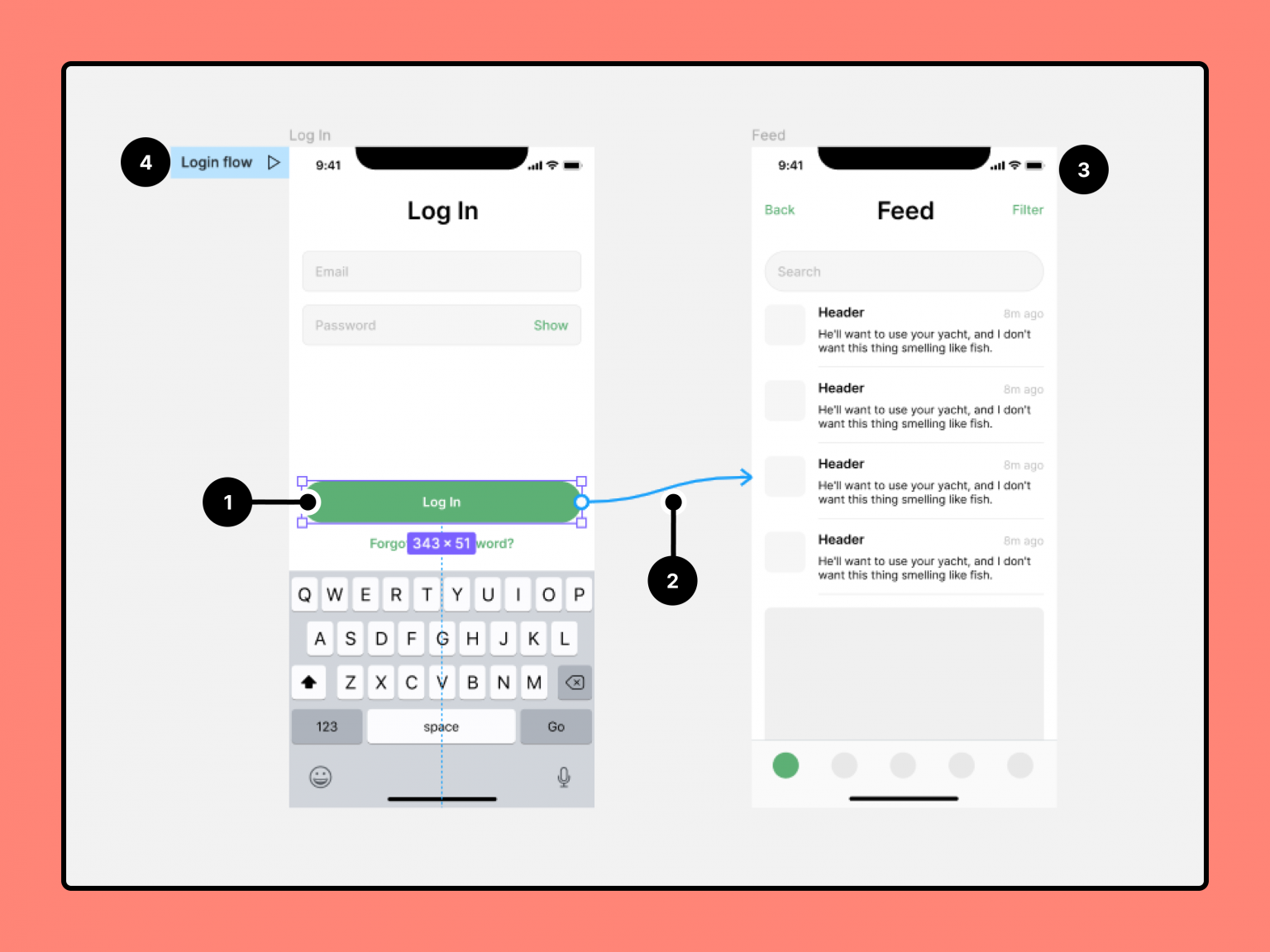Successful startups try to achieve product-market fit as quickly and inexpensively as possible. Rather than developing a complete product right away, they create a proof of concept, various prototypes, and a minimum viable product (MVP) to reduce the risk of building something nobody wants—a leading cause of startup failure.
Let's look at proof of concepts, prototypes, and minimum viable products, what makes them different, and when to use them.
Proof of Concepts & Prototypes
Startups solving highly technical problems often start with a proof of concept. For example, Google's proof of concept was a proprietary ranking algorithm for its search engine. By proving that the algorithm delivered relevant search results on a small scale, the company could be reasonably confident that it would work on a larger scale.
In addition to technical problems, a proof of concept may be necessary to prove that a business model is viable. For instance, a startup might create a landing page that explains a product before building it to validate that a market exists. Or, a healthcare startup may generate a sample contract to validate that a hospital would be willing to purchase its software.

Figma makes it easy to build prototypes. Source: Figma
The next step is working on a prototype to communicate with stakeholders and validate assumptions about users. For instance, you might use Figma to connect a series of user interfaces and simulate a specific workflow. While the functionality is incomplete under the hood, prototypes help users (and stakeholders) visualize how the application will work.
Some of the best prototyping tools include:
Adobe XD is an all-in-one prototyping platform for building everything from wireframes to immersive prototypes of websites, mobile apps, voice interfaces, and more.
Figma is one of the most popular platforms for building wireframes and practical prototypes with a wide range of plugins.
Webflow is a prototyping platform for zero-code websites and applications, generating clean, semantic code and designs.
Sketch is another popular platform for building wireframes and prototypes with a wide-ranging UI and plugin library.
Mockplus is a platform that focuses on cross-team collaboration by enabling developers to gather code snippets from designs in real-time.
Prototypes are valuable for a couple of reasons. First, they help validate an idea among stakeholders and early users without the time and cost of building a fully functional product. Second, it's much easier to fine-tune a design than a fully built application. In other words, you can iterate quickly to find the right starting point for building a minimum viable product.
Minimum Viable Products
Minimum viable products are standalone functional products with a limited scope. While they aren't the final vision by any means, they provide users with a valuable tool that solves a painful problem or two. For example, Airbnb's MVP was a simple landing page advertising the founders' apartment for rent to validate whether customers trust strangers.

Airbnb started with a very basic MVP. Source: Andrej Gajdos
As Eric Ries of Lean Startup says, MVPs enable startups to collect the maximum amount of validated learning with the least effort. They should focus on proving or disproving riskiest assumptions in the most straightforward way possible. In Airbnb's case, the most dangerous assumption was that customers would trust a stranger and the simplest test was a landing page.
The biggest mistake that startups make is creating a minimal product that's not viable to solve a real pain point. MVPs must be high-quality enough to provide an accurate assessment of user behavior. Another common mistake is building an MVP without having well-defined hypotheses, which severely constrains what you can learn from the experiment.
Non-technical founders working on a startup may decide to outsource the development of an MVP to an agency like us. In addition to handling the design and code, we help founders with consumer testing, research, and development. The result is a more robust and well-thought-out product with a higher likelihood of success.
Getting Started
Proof of concepts, prototypes, and minimum viable products all play essential roles in a startup's evolution. Most startups start with a proof of concept to spot-check their idea and ensure its viability. Then, they spend a few weeks building prototypes to iron out critical workflows. And finally, they spend a month or two building an MVP to prove product-market fit.
Each stage serves a specific purpose:
Proof of Concept
- Helpful for raising seed stage funding
- May be necessary to prove building a technical concept is viable
Prototype
- Essential to visualize how an application will work before
- May be necessary to raise capital without developers
MVP
- Necessary to show customers a working application
- Essential to reach and verify product-market fit and succeed
Of course, some startups may skip past certain stages. For example, a non-technical startup with an established business model may not need a proof of concept. On the other hand, startups with simple applications that don’t have complex workflows may not require a prototype—developers could start work on an MVP.
Ultimately, prototypes are an excellent way to showcase new features to stakeholders or early users in a way that demonstrates their utility. However, MVPs are often necessary to achieve product-market fit since you can see how users interact with and derive value from a product. Both are essential tools for startups to succeed.
The Bottom Line
What's the difference between a proof of concept, prototype, and minimum viable product?
A proof of concept demonstrates the technical viability of a product or business model. Next, prototypes turn a proof of concept into a vision that showcases how a product will work through a series of mock-ups. And finally, MVPs turn these mock-ups into a functional product that solves a real user pain point to validate product-market fit.
If you're building a startup, Intent can help you with everything from a technical proof of concept to building a functional MVP. Our design sprint workshops provide a well-defined and controlled process that involves ideation, knowledge sharing, decision-making and prioritizing work, helping you launch your startup from a robust foundation.

Greg Cargopoulos
Marketing Lead

